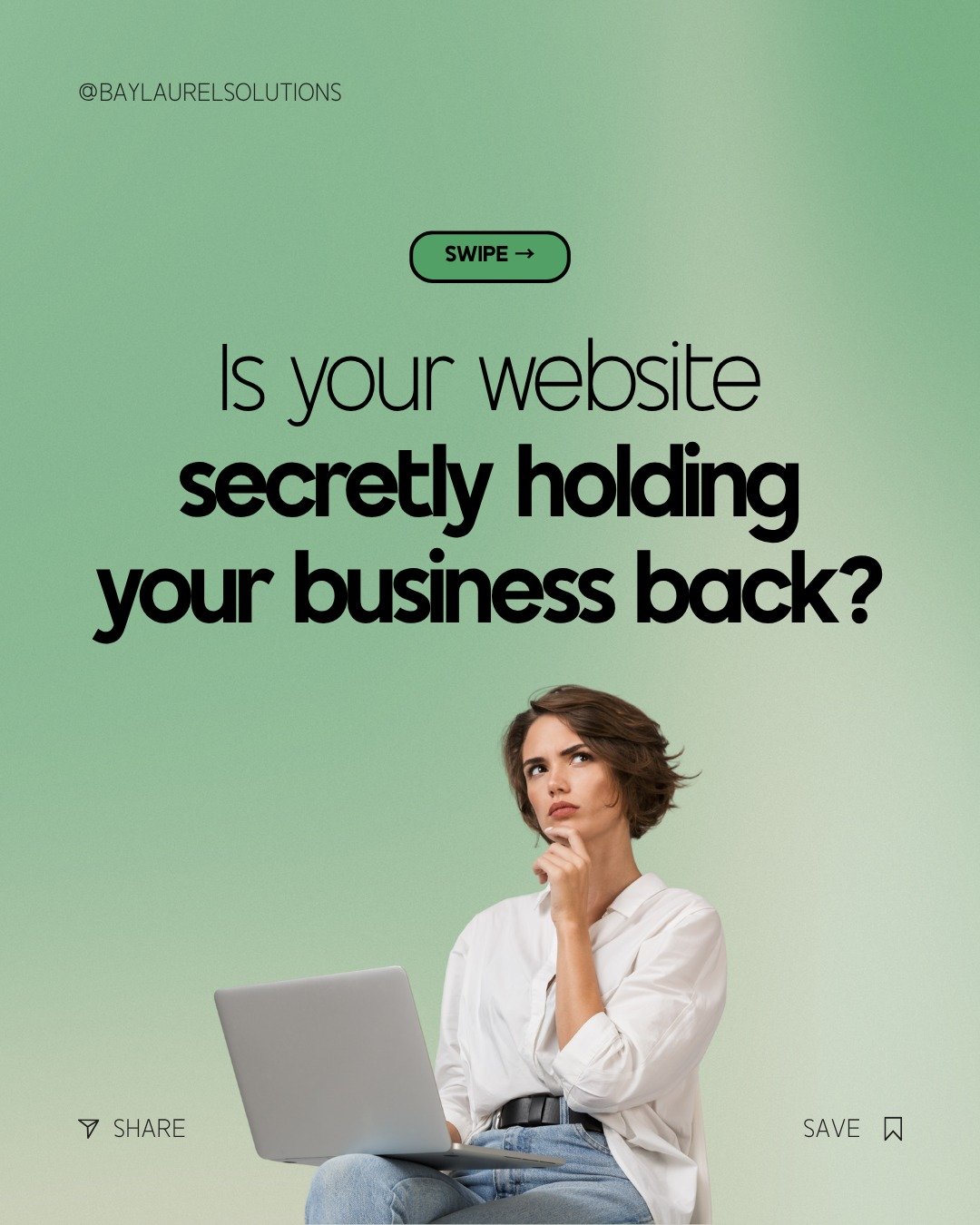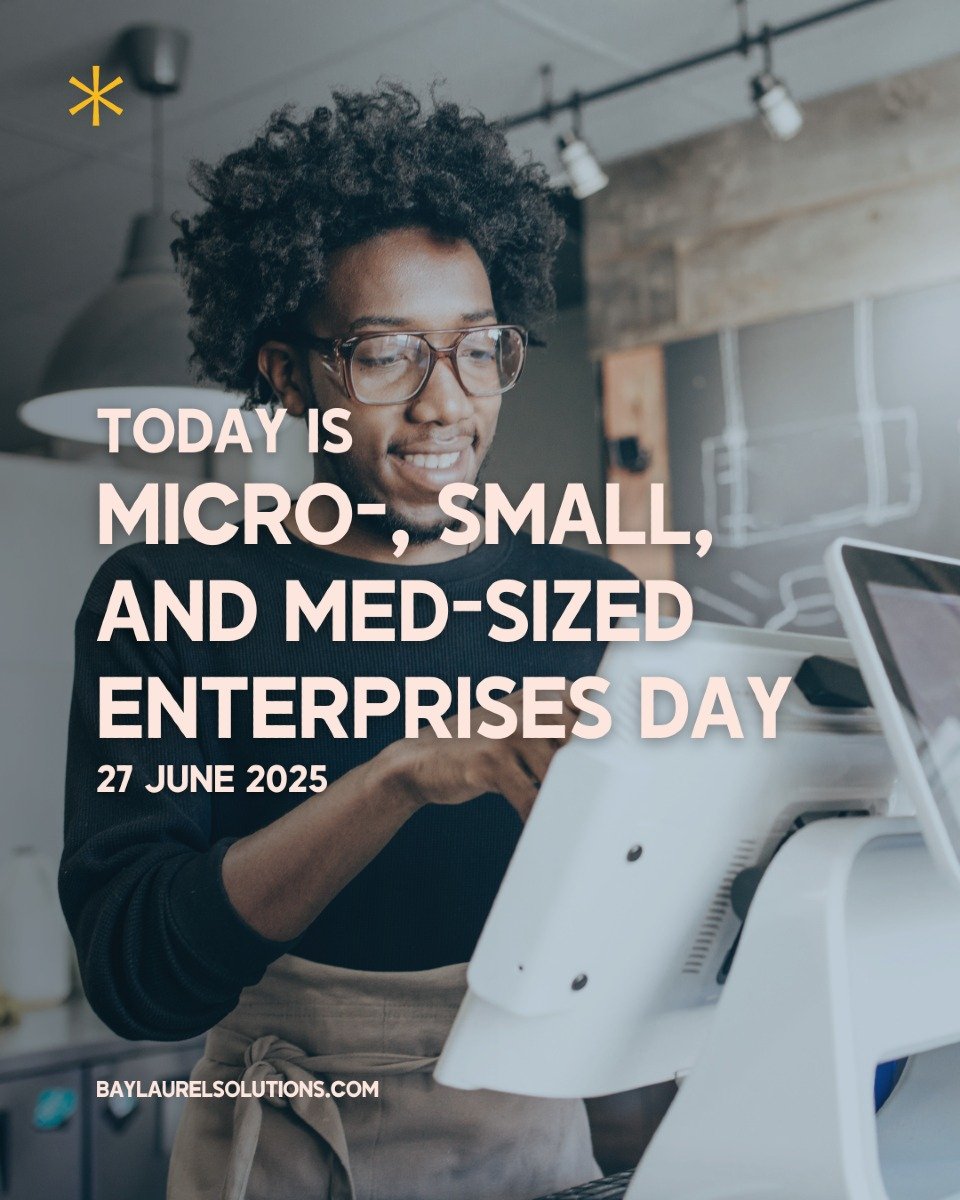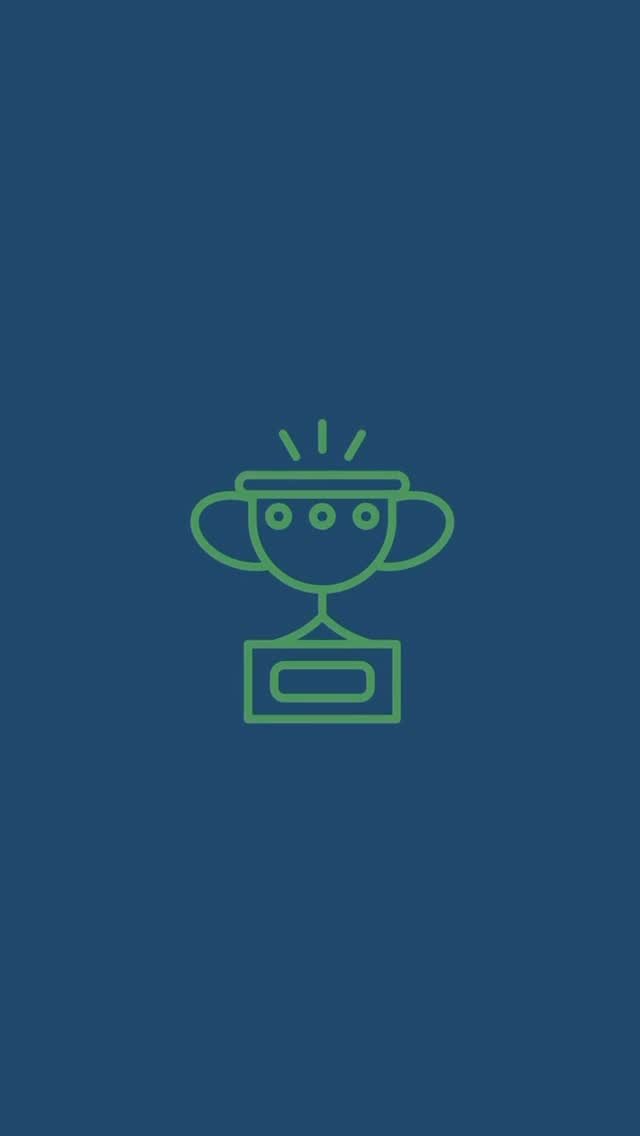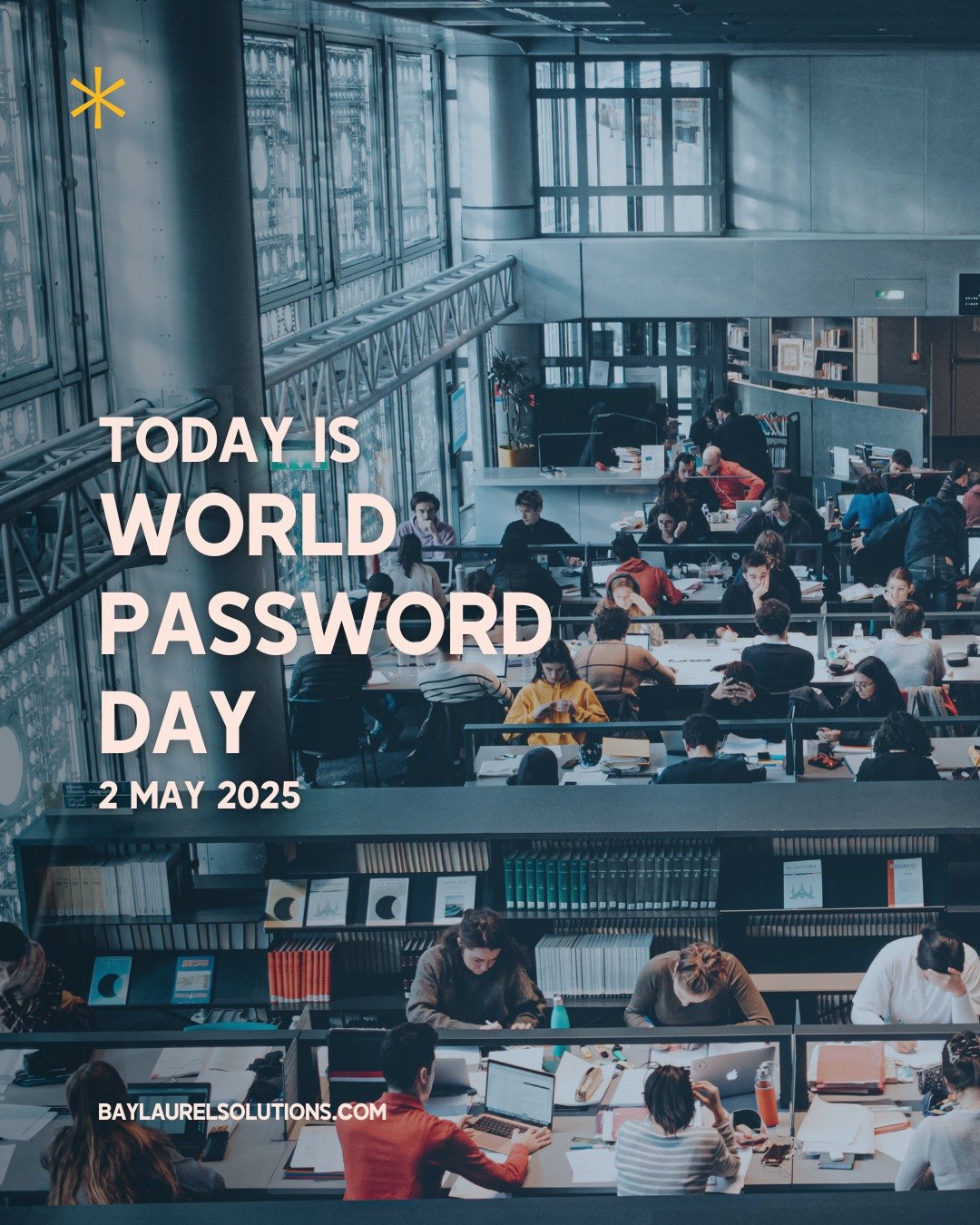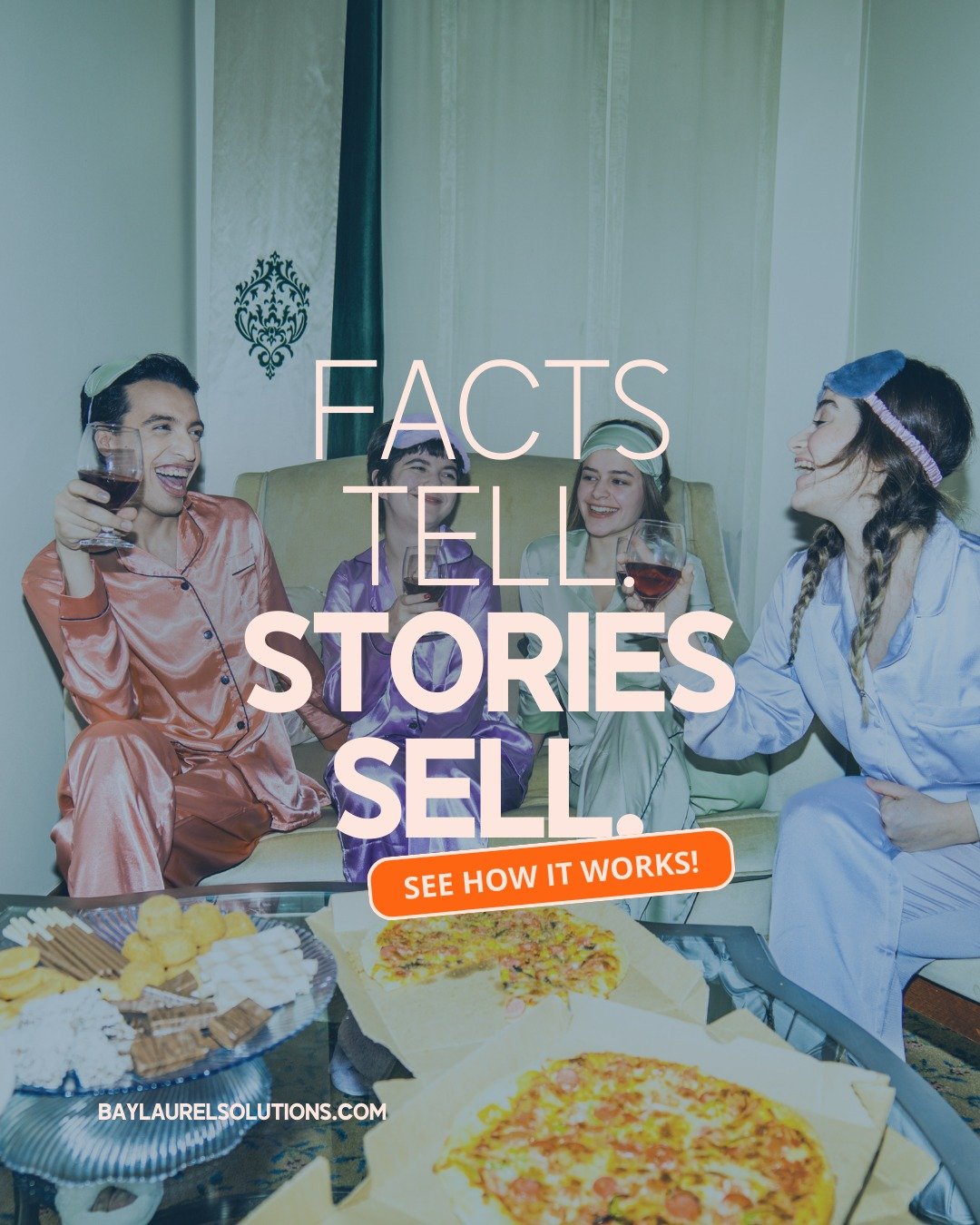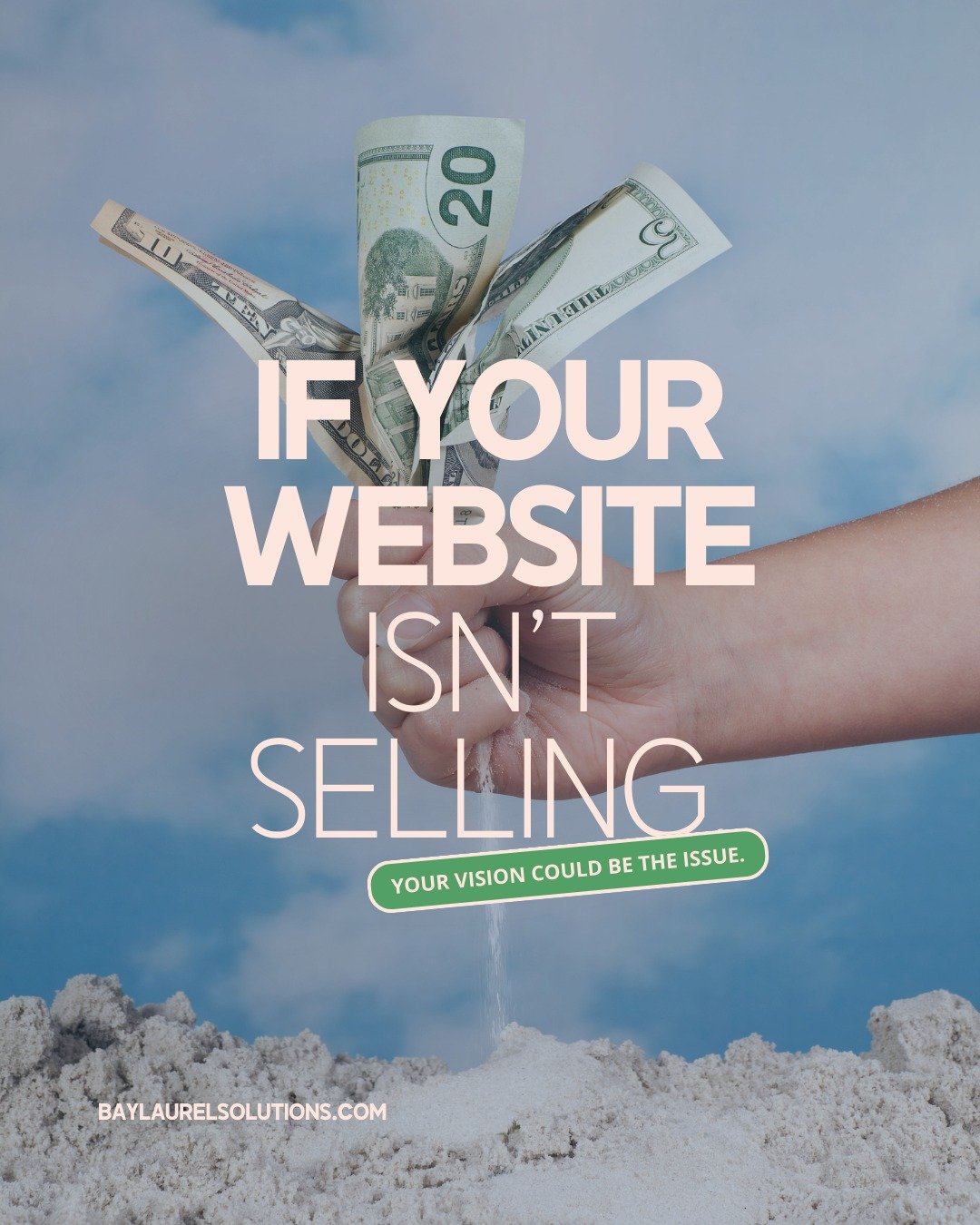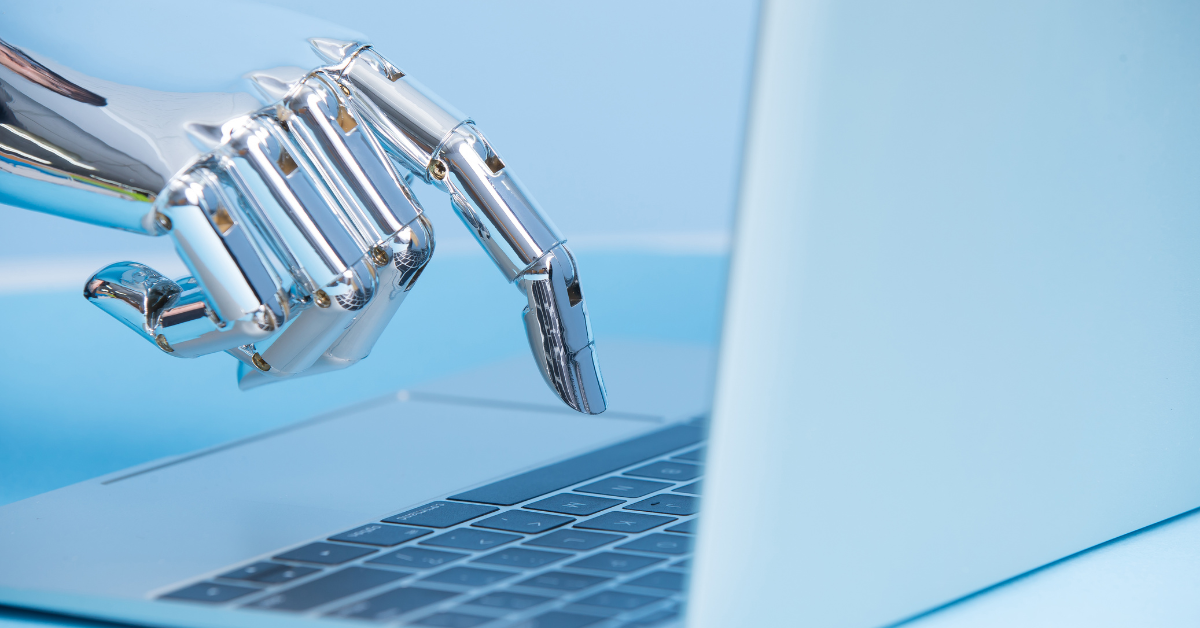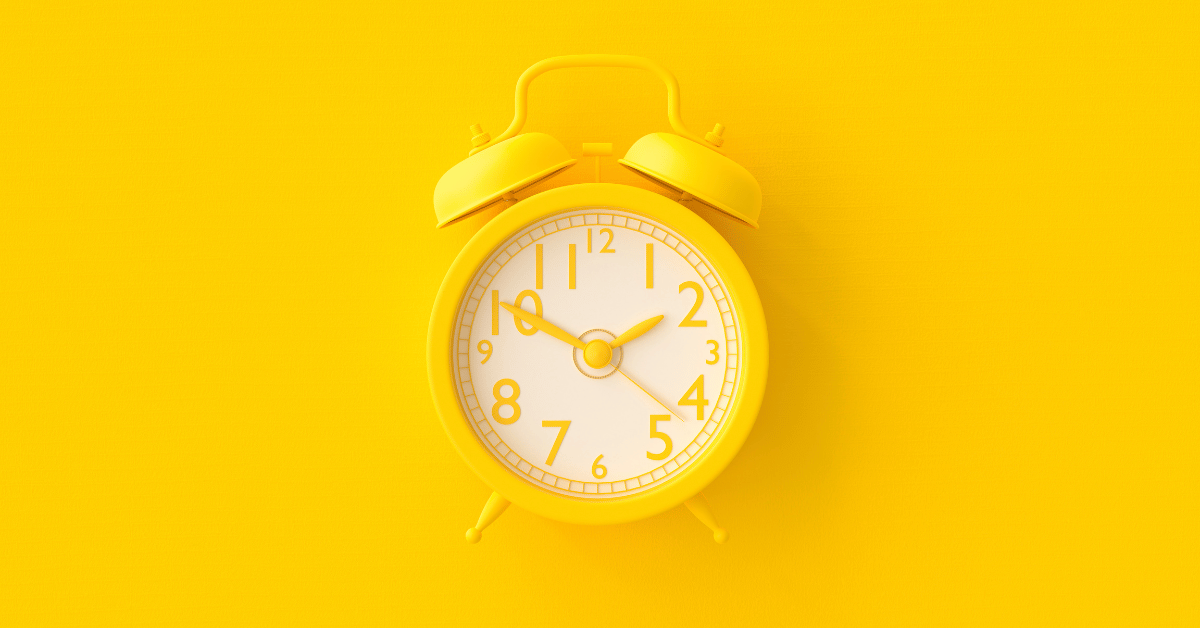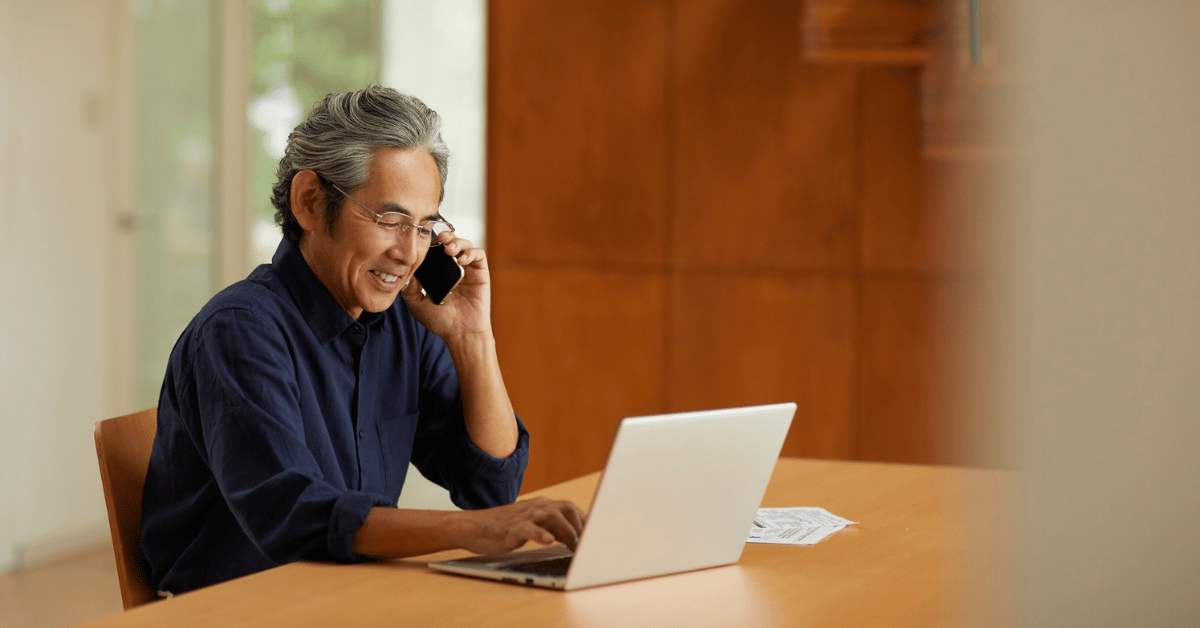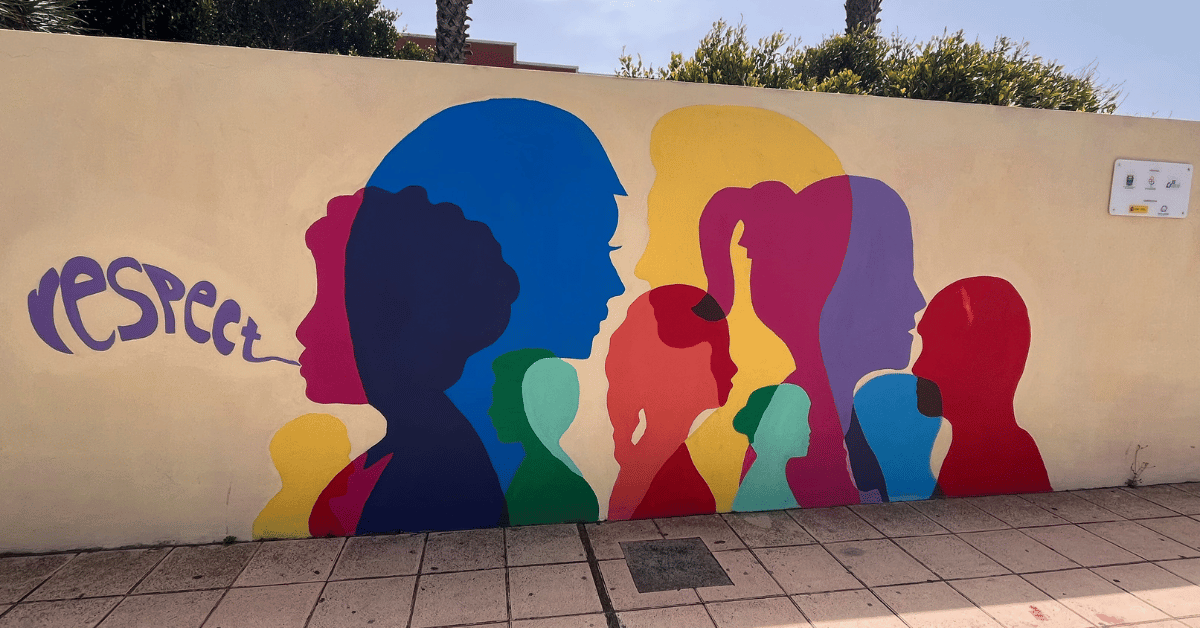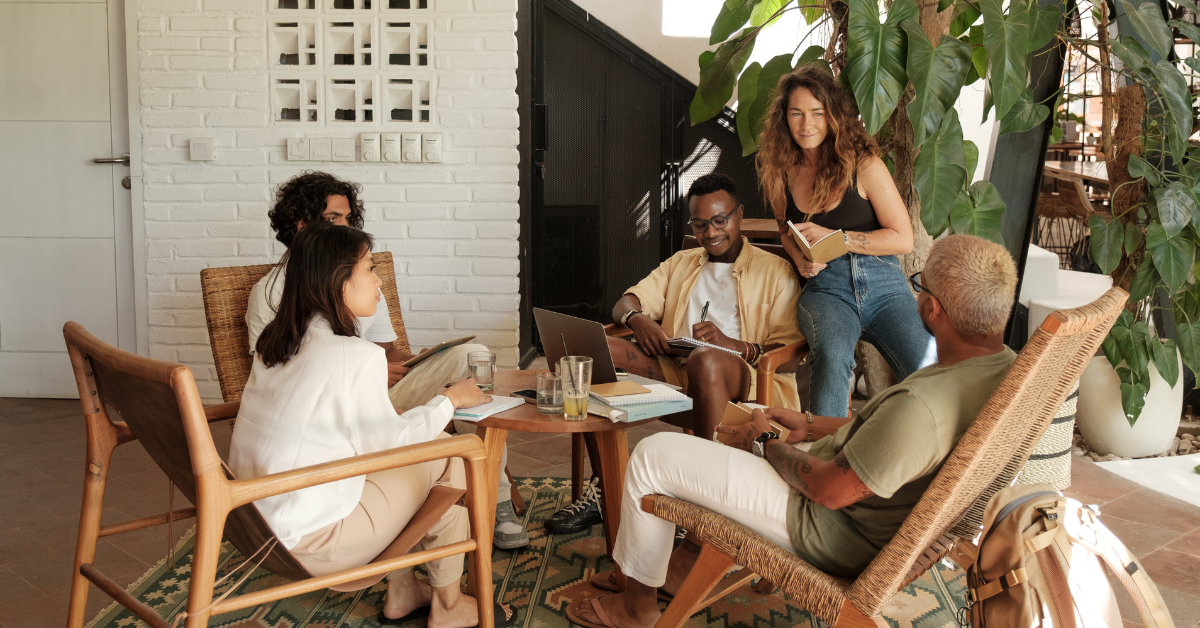Reading time: 9 minutes
“The creative industry isn’t ending; it’s transforming. The question is: are we ready for it?”
Buckle up, because AI has infiltrated every business, including creative industries. Whether you’re excited, terrified, or dissociating about artificial intelligence, AI is shaking things up in the creative space—for better or worse. So is the future of AI creative solutions our friend, foe, or frenemy?
AI in Creative Industries: Ready or Not, Here It Comes
Let’s face it – AI has already crashed the party. From chatbots that can write poetry (sort of) to algorithms that can design logos (kinda), AI is making its presence felt across creative fields. But before you start panicking about robots taking your job or get starry-eyed about never having to work again, let’s break down what’s really going on.
Your New Creative Assistant (But Not Your Replacement)
AI is incredibly good at certain things. It can crunch data faster than any human (though double-check those numbers, as it sometimes likes to fib) and handle repetitive tasks and verbal beratement without quitting.
But here’s what AI can’t do (at least not yet):
- Understand the nuances of human emotion
- Create truly original concepts out of thin air
- Grasp cultural context and subtleties
- Innovate beyond the data it has been trained on
The Good
Imagine having an assistant who never sleeps, never gets tired, and can generate 100 different concepts in less time it takes you to make a cup of coffee. That’s the promise of AI in creative fields, and surprisingly, it’s already delivering. Here are some ways AI is transforming our creative workflows for the better:
Automated Excellence
Say goodbye to those mind-numbing tasks that eat up your creative energy. Google Photos AI now organizes and tags your entire image library automatically, turning thousands of scattered files into a searchable database. Need to find that specific product shot from last year’s summer campaign? Just type it in. Grammarly’s AI capabilities don’t just catch typos – they’re now suggesting tone adjustments, improving readability, and even helping maintain brand voice consistency across all your documents.
But that’s just the beginning. AI assistants are now handling:
- Social media scheduling and content optimization
- File organization and asset management
- Basic image editing and background removal
- Email response drafting and communication scheduling
- Project timeline management and deadline tracking
- Automated reporting and analytics summaries
Each of these tasks used to eat up hours of creative professionals’ time. Now they’re handled in the background, freeing you up to focus on what you do best – creating.
Productivity on Steroids
A real game-changer goes beyond handling tedious tasks and can help supercharge your creative process. AI-powered research tools can analyze trends and gather inspiration from millions of sources in seconds. Need variation? AI can generate dozens of color schemes, layout options, or headline alternatives while you brainstorm the big-picture strategy.
Creative Heavy Lifting
Remember spending hours on:
- Resizing images for different social media platforms?
- Creating multiple versions of the same design for A/B testing?
- Transcribing meeting notes and creating action items?
- Generating basic wireframes and prototypes?
AI now handles these time-consuming tasks with impressive accuracy. Tools like Canva’s Magic Studio can resize your designs for every platform instantly, while Otter.ai transforms hour-long client meetings into searchable, summarized transcripts.
Creative professionals are able to gain back countless hours previously spent on mechanical tasks. That’s not just good – it’s revolutionary. Instead of being bogged down by the “grunt work,” we can focus on the aspects of creativity that truly require human insight: strategy, emotional connection, and innovative thinking.
The Bad
Of course, it’s not all rainbows and butterflies in AI land. There are some legitimate concerns about how AI can impact creative industries:
Design Homogenization Risk
If everyone’s using the same AI tools, are we at risk of everything looking the same? We’re already seeing this happen – scroll through AI-generated website designs and you’ll notice an unsettling sameness. The same gradients, the same layouts, the same “modern minimalist” aesthetic. Look at Midjourney-generated art and you’ll spot that signature AI look within seconds.
“When every business’s visuals come from the same AI models, we’re not just losing originality – we’re losing cultural diversity in design.”
This homogenization isn’t just boring – it’s dangerous and eroding our creative expression and brand differentiation. When every business’s visuals are birthed from the same AI models, trained on the same data sets, we’re losing originality and cultural diversity in design. Local design flavors, cultural nuances, and the beautiful quirks that make creative work unique are being smoothed out into a bland, uniform digital soup. It’s the creative equivalent of replacing every local restaurant with the same fast-food chain.
Ethical Considerations
AI systems reflect their training data, and that’s where things get messy. When you ask AI to generate images of “a CEO,” you’ll mostly get pictures of white men in suits. Request “a beautiful person,” and you’ll see a narrow, Western-centric view of beauty. Ask for “a typical family,” and you’ll get heteronormative nuclear families that don’t reflect our diverse reality.
The problem goes deeper than just visual representation. AI content generators trained primarily on Western data sources can misinterpret or misrepresent cultural symbols, religious imagery, and historical contexts from other cultures. And because these AI tools are being deployed globally, we’re essentially exporting these biases worldwide.
Even more concerning is how these biases can subtly influence design choices, marketing campaigns, and brand imagery without us even realizing it. When AI suggests color schemes, layouts, or copy, it’s drawing from datasets that may be skewed by historical prejudices and limited perspectives. It’s up to us as creative professionals to recognize these biases and challenge them so our work doesn’t perpetuate harmful stereotypes.
Evolving Skill Requirements
As AI takes over certain tasks, some traditional creative skills are becoming more obsolete. Skills that once took years to master – like photo retouching, basic logo design, or writing standard marketing copy – are being automated at an alarming rate. Junior designers who once cut their teeth on banner ads and social media graphics are finding their entry-level work replaced with AI. Typography specialists watch as AI handles kerning and layout in seconds. Copywriters who specialized in product descriptions or basic marketing materials see their bread-and-butter work being churned out by language models.
“A portfolio of technical skills that would have guaranteed a solid career just five years ago might now be worth a fraction of its former value.”
This is a fundamental shift in what it means to be a creative professional. A portfolio of technical skills that would have guaranteed a solid career just five years ago might now be worth a fraction of its former value.
The Ugly
Industry Extinction Event
The writing is on the wall, and it’s being written by the very people creating these AI tools. OpenAI CEO Sam Altman (whose wardrobe diversity rivals Mark Zuckerberg’s) predicts that 95% of what marketers use agencies, strategists, and creative professionals for will be handled by AI at nearly no cost. Let that sink in – 95%. Not just the routine tasks or the “boring stuff” – we’re talking about nearly everything creative professionals currently do for a living.
The Great Creative Replacement
The creative landscape is changing and it’s changing fast. This isn’t some distant dystopian future forecast. It’s happening now. Creative agencies are already downsizing. Design tools are integrating AI that can generate, edit, and iterate faster than a human team. Marketing departments are realizing they can replace entire creative teams with a handful of AI tools and a few prompt engineers.
The Death of Creative Value
The uncomfortable truth is that the creative industry isn’t just changing – it’s undergoing a fundamental restructuring. Clients who once valued human creativity are now asking, “Can’t we just use AI for this?” While we debate whether AI can truly be “creative,” tech leaders are building systems that not only aim to assist creative professionals, they’re aiming to replace them.
What’s truly ugly isn’t just the job losses or the devaluation of creative skills – it’s the fundamental shift in how society values human creativity. We’re watching the democratization of creativity turn into the devaluation of creative work. When everyone with an AI subscription can generate “good enough” designs, the premium on human creativity shrinks. That “human touch” we pride ourselves on? Clients are increasingly unwilling to pay extra for it. The brutal truth is that while we’re debating whether AI can truly be creative, it’s already taking our jobs, our clients, and our industry’s future.
Conclusion
So is AI our friend, foe, or frenemy? The truth is, it’s all three. But just like streaming didn’t kill vinyl records (in fact, vinyl sales are still soaring), and fast-food chains didn’t eliminate local restaurants, AI won’t completely replace human creativity. Yes, AI will handle much of what we do today – Altman’s 95% prediction might even prove true for certain types of creative work. But here’s what the “tech prophets” often miss: humans don’t always care for the most efficient, automated solution.
Think about it. We still have people queued up at artisanal coffee shops in a world that offers instant coffee. Independent bookstores are beloved despite Amazon’s dominance and people still pay premium prices for handcrafted goods in an era of mass production. Why? Because humanity craves authenticity, personal connection, and the imperfect beauty of human creation.
Will the creative industry change? Dramatically. Will some jobs disappear? Absolutely. But new roles will emerge, and more importantly, there will always be a market for genuine human creativity and connection – it might just look different than it does today.
What do you think about the future of AI in creative industries? Share your thoughts in the comments with us on Instagram.
For more insights on AI and creativity, subscribe to our newsletter.

